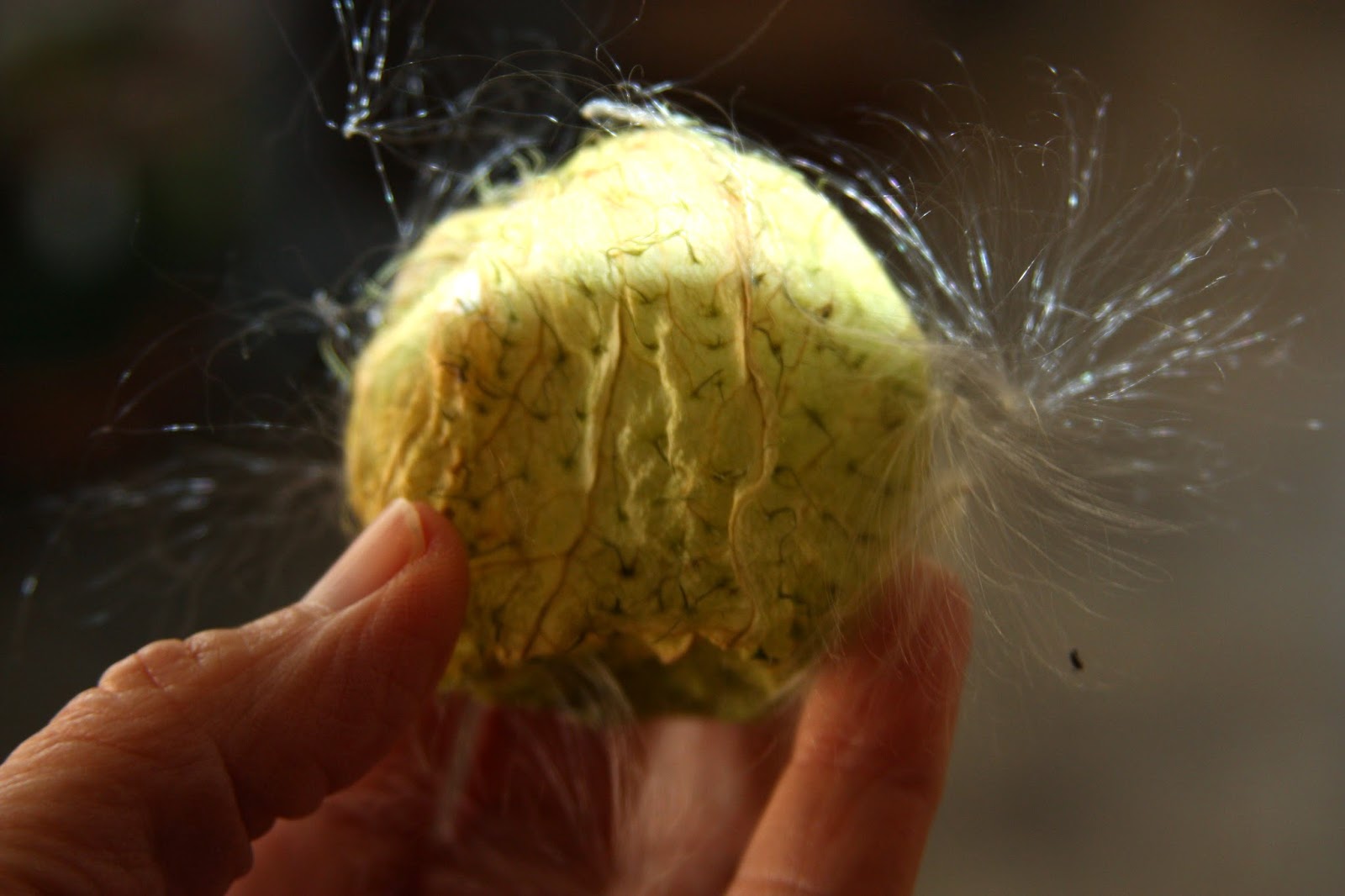Bill Welch Tulsa Mar 7 and Oklahoma City March 8

Free and open to the public - The Oklahoma Horticultural Society annual winter speaker will be Dr. Bill Welch. Dr. Welch is presently Professor and Landscape Horticulturist for Texas A&M University. He is a native of Houston, Texas, has an undergraduate degree in Landscape Architecture from LSU and did doctoral work in Horticulture and Extension Education there as well. Dr. Welch writes about gardening in Texas and the South and has several books that have been popular references including Perennial Garden Color, Antique Roses for the South, The Bountiful Flower Garden (with Neil Odenwald), Heirloom Gardening in the South (with Greg Grant) and The Bulb Hunter (with Chris Wiesinger). Welch writes a monthly garden column for Southern Living Magazine and Neil Sperry's Gardens and has had his gardens in Louisiana and Texas featured. Welch has been instrumental in the movement to collect and reintroduce old southern garden favorites into the modern plant p...


.jpg)




